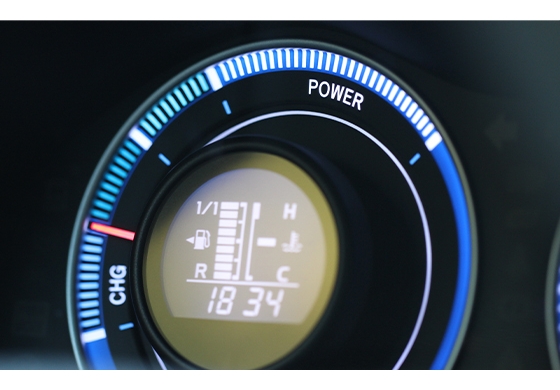Getting 12V EV ready - Ken Clark's PMM Live talk at Mechanex 23
At the recent Mechanex show Ken Clark took to the stage to give a presentation on how workshops can ‘get 12V EV ready’.
It was an intriguing title for a presentation. Independent workshops currently feel ‘locked out’ of the EV vehicle servicing market. When it comes to the battery they are unable to access the technology that can evaluate and rebalance the traction – or power – batteries of electric vehicles.
However, Ken came at the EV opportunity from a different angle by focusing on the opportunity the 12V battery in EV’s presents.
It is not widely known that all EV’s have a ‘standard’ 12V starter type battery fitted in the vehicle. It does not operate as a starter battery in the traditional sense but instead controls the vital functions that allow the vehicle to operate in the first place - controlling EV Pack, Power Steering, Airbags, Braking System, Lights, In Car Entertainment, Heated Seats, Navigation as well as vehicle access.
Ken went on to explain that because of this, failure of the 12V battery on an EV has the same outcome as 12V battery failure on a traditional ICE vehicle – a breakdown requiring roadside recharge, battery change or, more often than not vehicle recovery.
Indeed, statistics recently released by ADAC a leading recovery company in Germany showed that 43% of EV breakdowns were a related to the 12V battery – the same proportion as for ICE cars!
Unsurprisingly the reasons for failure of the 12v battery in the EV are the same as we are used to with traditional ICE vehicles including lack of maintenance, deep discharge due to excessive loads when not driving, short journeys and onboard vehicle battery management programmes that is not in line with ‘real world’ operating conditions. With no alternator providing ‘constant’ or ‘stop start’ charging, reliance on often infrequent charging programmes from the vehicle electrical system become critical.
The workshop can provide a valuable service by testing (and charging) the 12V EV battery in the same way as the ICE battery – extending battery life and increasing reliability and, if the battery requires replacement, undertaking that task.
To the 12V battery itself, there is nothing unusual about it. It is usually a small – typically 50Ah – lead acid starter battery of AGM or EFB type so it’s familiar to the workshop and can be tested in the normal way using Midtronics equipment.
The biggest question regarding EV servicing is what can you do? Ken had three simple steps that allow the workshop to ‘Get 12V EV Ready’ and capitalize on the opportunity the 12V battery in every EV offers - without having to go near the traction battery!
- Invest in today’s technologies.
You do not need EV specific testers to test the 12V battery. Using a tester such as the CPX-900ROBISP can identify any problems with the battery and be proactive with battery maintenance.
- Always test the 12V battery as part of your service offering
Ensure that you are testing every battery that comes into your workshop as part of your service process so you know that the customer’s battery will not fail later.
- Identify, Action, and Maintain problem batteries. Ensure batteries that need to be charged or replaced are actioned.
Ken concluded by saying we highly recommend testing every 12V battery that enters your workshop. Battery testing not only ensures that vehicles will not fail unexpectedly but can also offer you a great sales opportunity.




